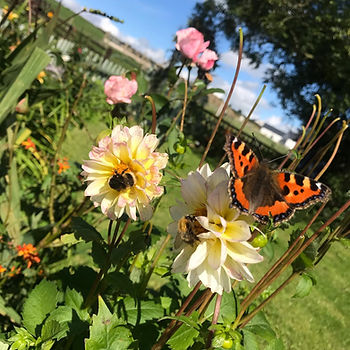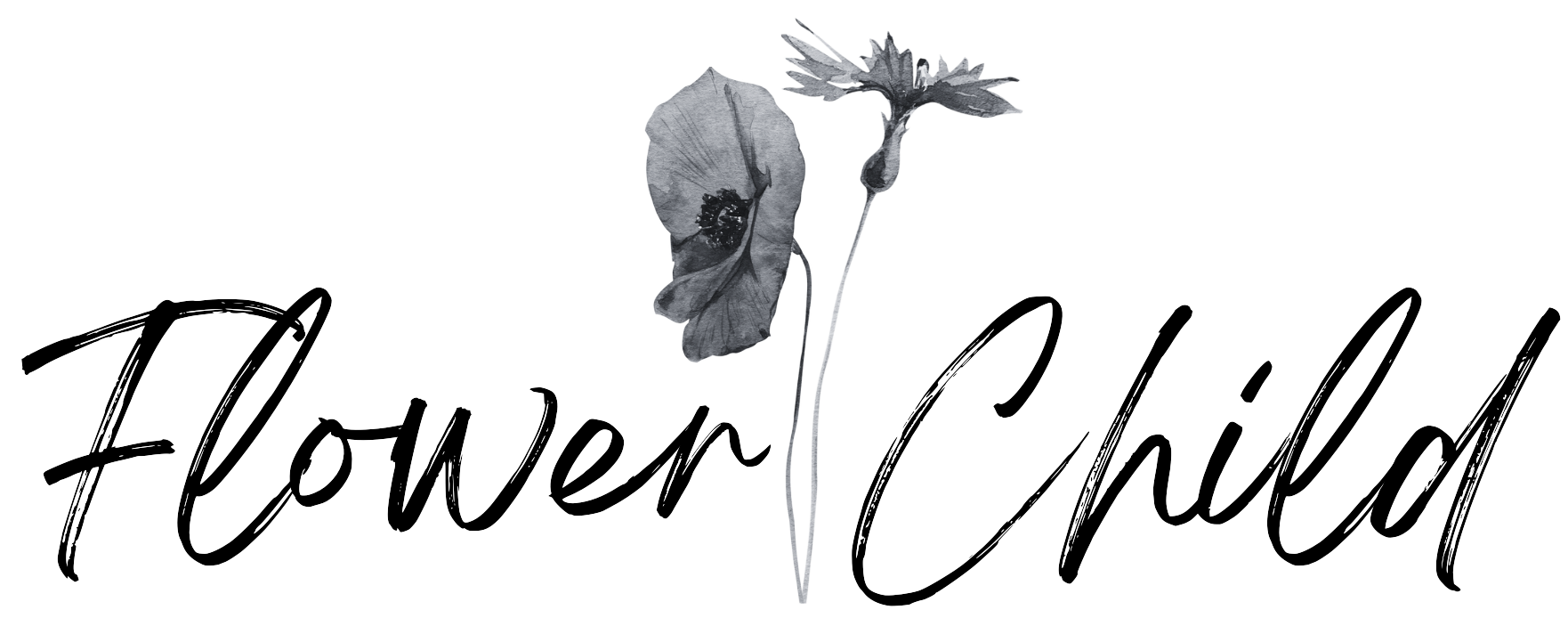alButterflies are definitely my favourite thing to watch in the garden. Their colours and patterns amaze me. Their erratic flight patterns make it impossible to predict where they are going to land or what flower they will visit next.

I have many happy childhood memories of running around the meadow with my siblings in an attempt to catch one of these beautiful creatures and have a good look at them up close. The delicate veins through their wings and intricate colour patterns which distinguished one species from the next. The most popular butterflies here at Turra Lodge Farm are the Small Tortoiseshell and the Green Veined White which often gather near the lake.

Did you know you can tell a lot about your garden’s health by the level of butterfly activity?
Butterflies are delicate by nature. This means if something is off within the environment, they will be one of the first to be affected and their population within your garden can decrease rapidly.
Creating a garden for butterflies means reducing or ideally eliminating the use of pesticides. However, natural rhubarb leaf plant spray is safe to use for butterflies and will not cause any harm due to its low toxicity. So, if you’re struggling with an aphid issue but don’t want to harm the pollinators, this might be your best option.

Having many butterflies in your garden indicates a very healthy environment. Butterflies do not eat solids but rather nourish themselves from drinking water and nectar from flowers. Having many nectar rich flowers within your garden will help attract and support the butterflies.
So, once you’ve got them there, how do you keep them
Butterflies also require host plants to lay their larvae and for the caterpillars to feed on. A few species of Irish butterflies have caterpillars that feed on garden plants but the majority of our caterpillars do not cause any harm to the garden but rather feed on our weeds.
The most popular host plant for Irish butterflies is the stinging nettle. I know it may seem counterproductive to leave this pesky weed populate within your garden but I definitely think it is worth it for the reward. A small area of nettles in an unused patch of the garden will support many of these beautiful creatures. A small patch behind my plant nursery is currently full of butterfly nests just waiting to hatch. Maybe there is a small area behind a garden shed that is unused for planting but could make the perfect caterpillar home.

Last year I began to take note of the butterfly species present at Turra Lodge Farm in an attempt to add specific flowers to aid their reproduction and increase the numbers within the garden.
We tried two wildflower meadows at Turra Lodge Farm. One was the Orchard and the other was a fenced off area now called the Meadow Garden. The Orchard failed to produce wildflowers due to the high nitrogen content in the soil but the Meadow Garden was a success filled with Cosmos and Cornflower amongst other blooms.

Having an area of wildflowers and grasses left undisturbed allows insects to take cover in the long grass and remain protected from birds. We also left a large area of the lawns to grow wild and naturalise. This year we have even noticed wildflowers appearing in these spots of their own accord.
Many butterflies like saucer shaped flowers that act as a landing pad so Cosmos, Fennel, Verbena Bonariensis and Scabious were added to the garden.

After that, it was a waiting game to see if the planting paid off.
And it did.
I spotted a total of seven species of butterfly at Turra Lodge Farm last year. All beautiful in their own way. The number of butterflies tripled and the gardens became a heaven of fluttering patterns and colour. The plants were filled with groups of pollinators and so I took note of the busiest hangout spots for these guys so I could increase the planting of these flowers this year.
The Wallflower seemed to be one of the biggest hits. Even though it was not saucer shaped like research advised, it was teaming with butterflies constantly.

The Osteospermum, Catmint and Cosmos were the next biggest hits and so I have many seedlings and cuttings of these in the greenhouse at the moment.
Hopefully by observing the butterflies and increasing the plants they seem to spend time at I can increase the food source available and get lots more butterflies this season again.
I have created a butterfly spotting sheet to help others like myself identify what species are fluttering around our gardens.

At Turra Lodge Farm we have already spotted the Small Tortoiseshell, Green Veined White, Peacock, Small Copper, Red Admiral, Orange Tip and Speckled Wood.
The Painted Lady butterfly, although pretty common has not yet been spotted here on the farm. To help introduce this beauty into the garden I have got five Painted Lady Caterpillars which will be nurtured into butterflies and released into the garden where I hope they will populate.
Follow along for daily updates on the journey of raising your own butterflies.








